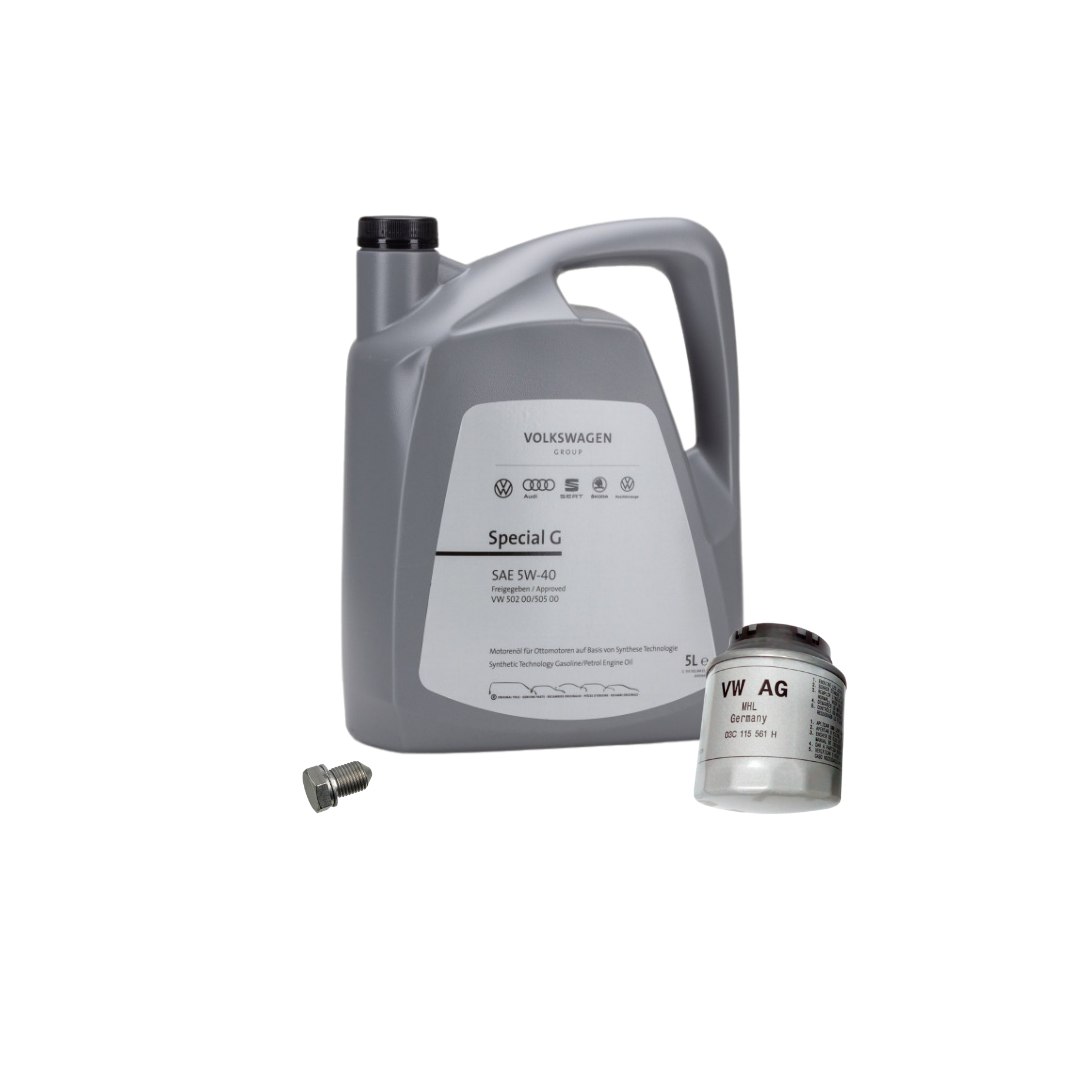Get a high-efficiency clp engine for your equipment.
Get a high-efficiency clp engine for your equipment.
Blog Article
Just How a Clp Engine Can Boost Efficiency in Numerous Industries
The introduction of CLP engines marks a substantial change in functional efficiency throughout various industries, driven by their capability to optimize gas usage and reduce downtime. As organizations significantly prioritize sustainability along with effectiveness, the duty of CLP engines becomes also a lot more crucial.
Summary of CLP Engines
CLP engines, or Constant Fluid Propellant engines, stand for a considerable advancement in propulsion innovation, particularly for room applications. These engines use a continual feed system that enables the sustained expulsion of propellant, leading to improved effectiveness and efficiency contrasted to conventional strong or hybrid propulsion systems. By preserving a constant flow of fluid propellant, CLP engines can achieve much more exact thrust control, which is crucial for navigating spacecraft in various objective scenarios.
The design of CLP engines integrates advanced materials and cutting-edge gas administration systems. clp engine. This leads to minimized weight and increased dependability, vital factors for long-duration room missions. Moreover, the continual procedure reduces the danger of burning instability, a typical obstacle in conventional rocket engines.

Advantages in Manufacturing
The production of Constant Liquid Propellant (CLP) engines presents a number of remarkable advantages that improve both performance and cost-effectiveness. One of the main benefits is the streamlined production procedure, which reduces the complexity connected with traditional propulsion systems. By using fluid propellant, makers can achieve higher accuracy in engine efficiency, leading to optimized power output and minimized waste.
In addition, CLP engines assist in a greater level of modularity, permitting much easier assimilation right into various production lines. This flexibility can dramatically reduce lead times and boost general functional flexibility. The use of CLP technology additionally tends to decrease the need for comprehensive maintenance as a result of fewer relocating parts, which converts into reduced downtime and operational prices.

Applications in Logistics
Leveraging Continuous Fluid Propellant (CLP) engines in logistics supplies substantial benefits in functional effectiveness and integrity. These engines give a robust solution for different transportation demands, making it possible for the seamless activity of goods across huge ranges. The inherent design of CLP engines enables consistent power outcome, which translates right into smoother and a lot more foreseeable transport routines.
Among the vital applications of CLP engines in logistics remains in durable freight transport, where they can drive both ground and aerial vehicles. Their ability to maintain high published here performance under varying load problems makes sure that shipment timelines are fulfilled, consequently enhancing customer contentment. Additionally, CLP engines can be incorporated right into automated logistics systems, helping with real-time tracking and enhancing course planning.
In addition, the sturdiness of CLP engines minimizes upkeep downtime, permitting logistics firms to maximize their operational abilities. This is particularly useful in warehousing procedures, where effectiveness in dealing with and carrying items is vital. As logistics proceeds to evolve, the assimilation of CLP engines represents a forward-thinking approach that not only improves performance but also supports the industry's growing demands for dependability and speed.
Influence On Energy Efficiency
How do Continuous Liquid Propellant (CLP) engines improve power efficiency in transportation? CLP engines make use of a constant flow of fluid gas, enhancing combustion processes and maintaining a stable thrust output. This style reduces power losses associated with conventional burning engines, where fuel distribution can vary and bring continue reading this about ineffectiveness.
The constant operation of CLP engines enables a more reliable thermal cycle, resulting in higher certain impulse compared to standard engines. clp engine. This equates to reduced gas intake for the same amount of job done, considerably reducing operational prices throughout various transport markets, including aeronautics and maritime markets
In addition, the capacity of CLP engines to keep ideal performance under differing lots conditions decreases the demand for constant velocity and slowdown, better boosting gas performance. Boosted power performance not only adds to cost savings but also leads to lower greenhouse gas emissions, aligning with global sustainability objectives.
Future Trends and Innovations
Emerging advancements in Continual Fluid Propellant (CLP) engine innovation pledge to transform the landscape of transportation efficiency and sustainability. As industries pivot towards greener options, CLP engines stand at the leading edge, integrating innovative products and layout techniques that improve performance while reducing environmental influence.
One of the most encouraging patterns is the adoption of hybrid systems that combine CLP engines with renewable energy resources. This synergy can optimize gas consumption and reduce exhausts, lining up with web link global sustainability objectives. Furthermore, developments in computational liquid characteristics (CFD) are helping with the design of even more aerodynamically efficient engines, bring about minimized drag and improved gas efficiency.
In addition, the advancement of clever surveillance systems is established to enhance operational performances. These systems take advantage of information analytics and IoT technology to enhance engine efficiency in real-time, guaranteeing that the engines run within their most efficient specifications.
As study remains to check out alternate propellant formulations-- such as biofuels and synthetic gas-- the future of CLP engines looks promising. By taking advantage of these innovations, markets can not just enhance their efficiency however likewise add significantly to a cleaner, a lot more lasting future in transport.
Conclusion
In final thought, CLP engines stand for a substantial development in performance across several sectors. Their capacity to optimize fuel usage and minimize functional prices, incorporated with a continuous feed system, enhances power outcome and functional integrity. The integration of advanced materials and fewer moving parts reduces maintenance demands, while positioning with sustainability goals settings CLP engines as an essential technology for the future. Continued innovation in this field promises further improvements in efficiency and environmental efficiency.
Report this page